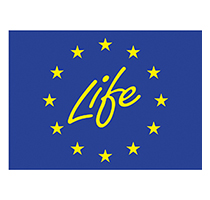Background
General information
To mitigate the on-going threat of invasive alien species to the EU, the European Commission adopted the EU Regulation (No. 1143/2014) on the prevention and management of the introduction and spread of invasive alien species. This Regulation came into force on the 1st January 2015.
The Regulation aims to address the negative impact invasive alien species have on biodiversity, ecosystem services, human health, and the economy in the EU Member States. The Regulation is centred on three main themes (1) prevention, (2) early detection and rapid eradication and (3) management. The Regulation foresees the adoption of a list of invasive alien species of EU concern, on the basis of risk assessments. The species on this list will be subject to restrictions, including on their use, trade and transport.
Invasive alien species (plants, animals, fungi or micro-organisms) are recognised as one of the greatest threats to biological diversity inflicting irreversible damage to the ecosystems they invade. There are an estimated 12 000 alien species present within Europe of which 10-15 % are considered invasive, and it is these species that cost the EU around €12-billion per year.
Invasive alien plant species are one of the largest groups of invasive alien species both in terms of sheer numbers of individual species but also the area they occupy. When invading a habitat, invasive alien plant species can outcompete native flora, degrade and alter ecosystem services, deplete biodiversity, cause negative impact on human health, incur high economic costs both in control and management programmes.

